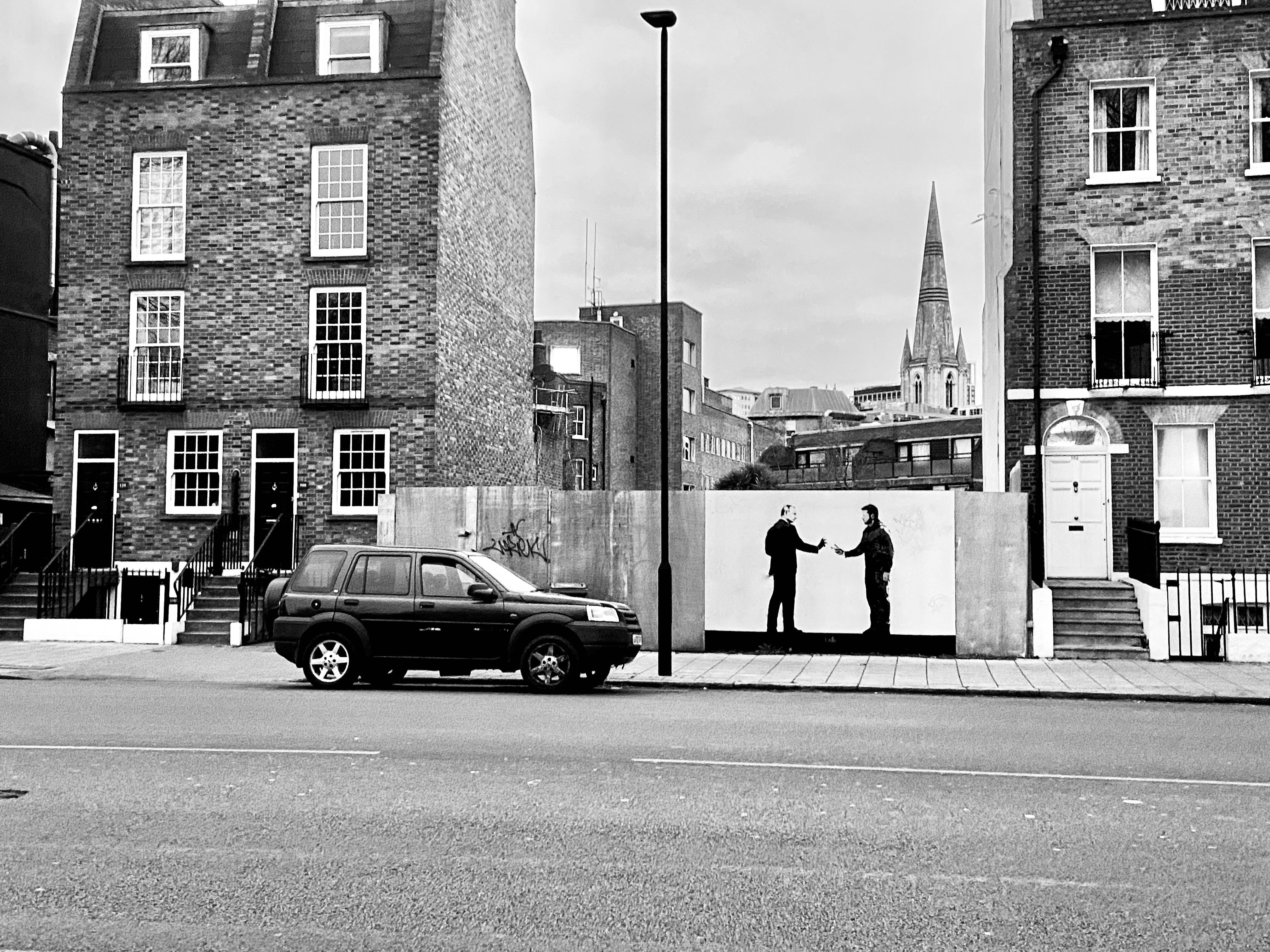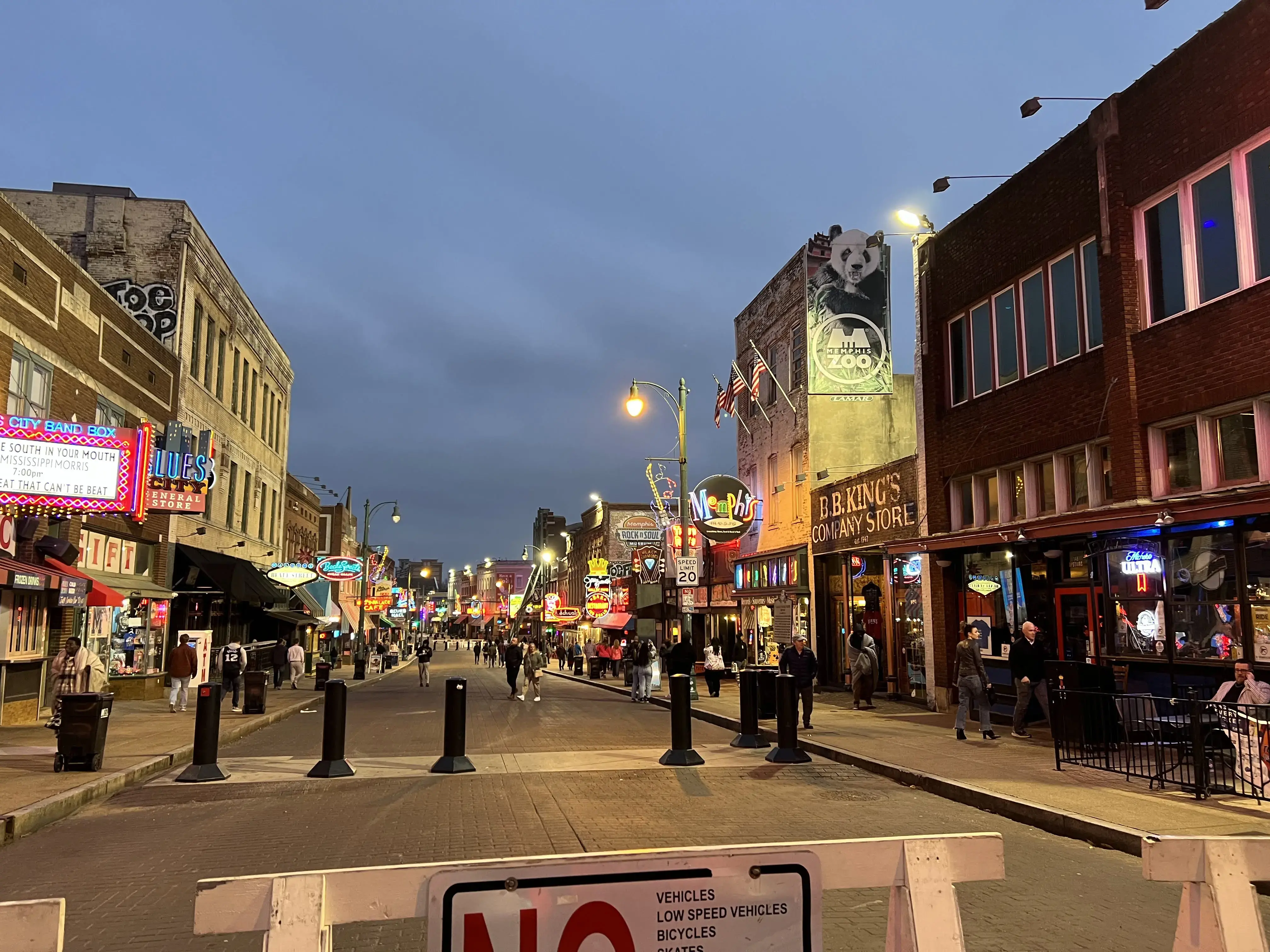
Walking past the Memphis Music Hall of Fame and rounding the block from Second Street onto Beale Street, every step brings you closer to the cacophony of soulful sound emerging from one of our country’s most iconic, historic streets. With restaurants, bars, clubs, theaters, shops, and museums sandwiched together and live music abundant, each business adds a unique contribution to Beale Street’s soundscape.
From the live band in B.B. King’s playing Hound Dog, to a guitarist singing a parody of Beyoncé’s Single Ladies (“all the pretty ladies”) at Club Handy’s open mic while people pass by, Beale Street is a sonic hub that celebrates music and, in doing so, its rich cultural history. Beale Street, however, has not always been this vibrant.
Cities across the United States struggled in the 1960s and 1970s, with white flight and racial tension in urban areas, alongside the lure of cheaper land outside the city, which drove people away. In its heyday, Beale Street hosted a wide array of musicians—including B.B. King and Muddy Waters—in its performance venues, cultivating the signature “Memphis blues” sound.

As a nonprofit journalism organization, we depend on your support to fund more than 170 reporting projects every year on critical global and local issues. Donate any amount today to become a Pulitzer Center Champion and receive exclusive benefits!
In the 1960s, the street continued to set the scene for important sociocultural events. City sanitation workers marched on Beale Street during the 1968 Memphis Sanitation Workers’ Strike, which brought Martin Luther King Jr. to Memphis. In the wake of his assassination just a few blocks away, it was never certain that Beale Street would be restored.
A New York Times article described Beale Street’s condition in the early 1970s as “a collection of tumbledown warehouses and abandoned storefronts.” In 1973, the Beale Street Development Corporation was formed to redevelop the street and bring people back. In the years that followed, Beale Street underwent a revitalization effort to preserve its cultural history.
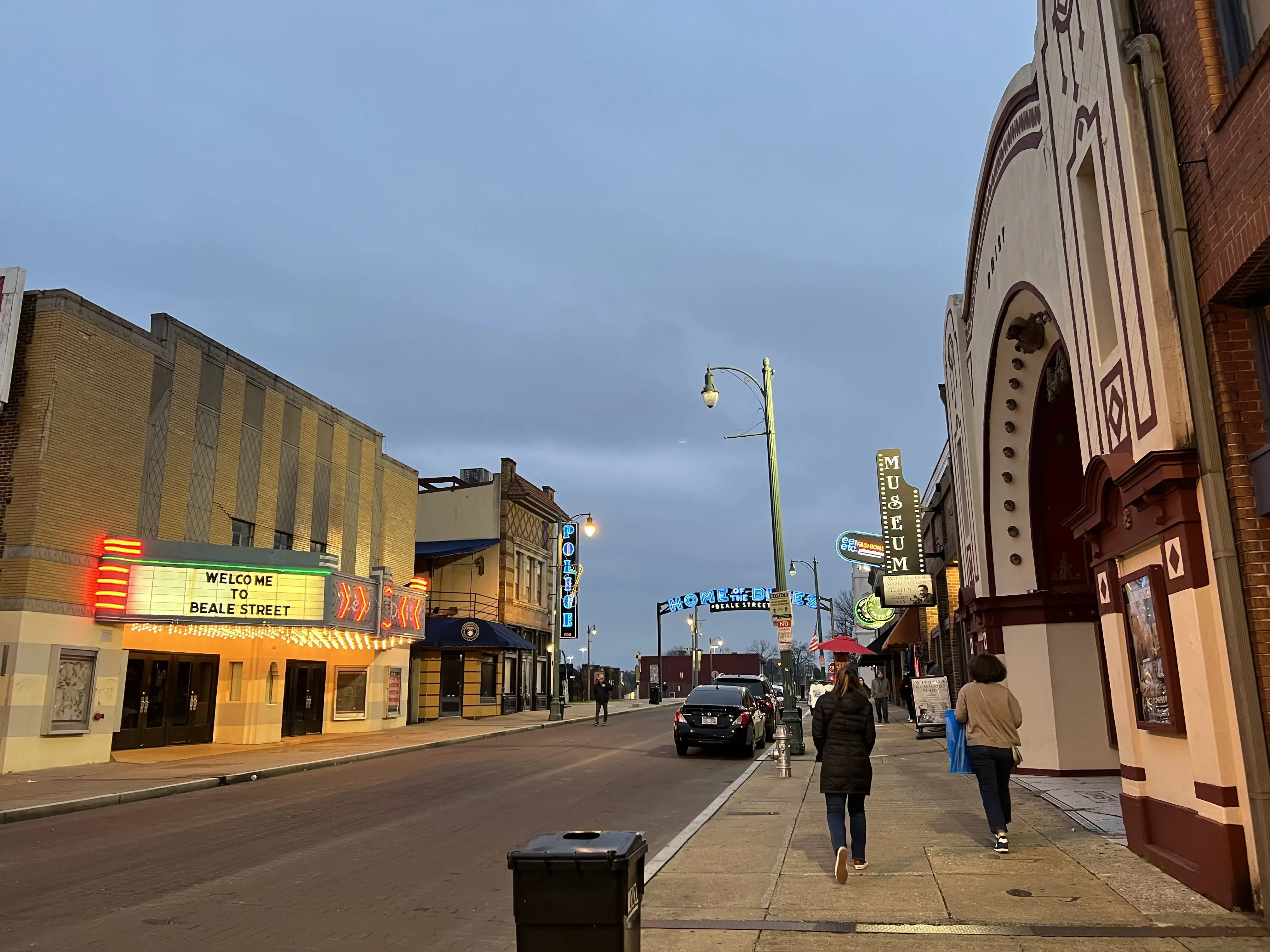
Walking the first half of the street on a Saturday night in 2023, it is difficult to imagine Beale Street as the ghost town it was in the 1970s. The second half of Beale, however, tells another side of the story. Continue walking toward Fourth Street and you’ll find the historic buildings, theaters, and museums—perhaps the most direct links to Memphis’ Black history. But they are mostly empty and strikingly quiet.
Across the United States, communities are having mixed success in efforts to restore historic theaters and districts, illuminating the challenges of reviving city neighborhoods that have suffered from decades of structural racism. Beale Street is one example of a city that has seen economic success in its restoration, with the exception of its historic district.
The historic Daisy and the New Daisy Theatre, with the latter boasting, “Welcome to Beale Street,” on its marquee, are both vacant. On the corner of Fourth Street and Beale, tucked behind a gate and enveloped by overgrown bushes and trees, is the W.C. Handy Museum. The house was once the home of W.C. Handy, one of Memphis’ most popular Black musicians, who wrote the blues/jazz standard “Beale Street Blues.” His home has been preserved as a museum that is advertised as being open to the public most days of the week, but the door is locked, driving potential visitors away.
On the opposite side of the street from the New Daisy is the Withers Collection Museum & Gallery, which showcases the breathtaking photography of Ernest Withers, a prominent Memphis-based photographer of the civil rights movement, who traveled with Martin Luther King Jr. and covered everything from Emmett Till’s funeral to local soul music performances at Club Paradise.
Joe Calhoun, operations manager of the Withers Collection Museum & Gallery, explained that the operator of the W.C. Handy Museum works multiple jobs and only opens the museum with advanced requests.
Beale Street prides itself on its Black music history, but it is simultaneously a marketing strategy. The neglected historic district suggests that, while the music continues to play every night on Beale Street, even one of the most successfully revitalized Black cultural hubs in the United States could still be doing more to actively magnify its Black history.
Other cities, like Baltimore, are struggling to keep their history alive in the aftermath of demolition and urban renewal.
On the corner of West Lafayette Avenue and Pennsylvania Avenue stands a lone marquee, a ghost of the past, honoring the empty corner that once housed the Royal Theatre, a performance venue and cultural hub of West Baltimore’s main street. Officially deemed an Arts and Entertainment District by the Maryland State Arts Council in 2019, Pennsylvania Avenue is recognized and remembered as the center of Baltimore’s thriving Black arts scene. While the Royal once drew large crowds to Pennsylvania Avenue, violence, crime, and poverty fill the Avenue today. In 2015, The New York Times reported that almost a third of families in West Baltimore’s nearby Sandtown neighborhood live below the poverty line and, in 2022, the Associated Press reported, Baltimore recorded more than 300 homicides. For the last 50 years, Pennsylvania Avenue has also been missing its most famous and popular landmark.
The Royal Theatre played a major role in Pennsylvania Avenue’s economic success until it was demolished in 1971, an act that permanently erased one of Baltimore’s most significant brick-and-mortar Black history sites. The marquee standing in the Royal’s place does not advertise any exciting performers in the way that it did many years ago. Thus, Pennsylvania Avenue has been without its music ever since.
When we think of cities associated with Black arts and culture in the early 20th century, Memphis comes to mind, but Baltimore does not usually make the list. Harlem, the home of the Harlem Renaissance, is undoubtedly the most popular example of a blossoming urban Black cultural center following the Great Migration.
The Great Migration facilitated the cultivation of urban Black cultural centers in other cities across the country during the Harlem Renaissance.
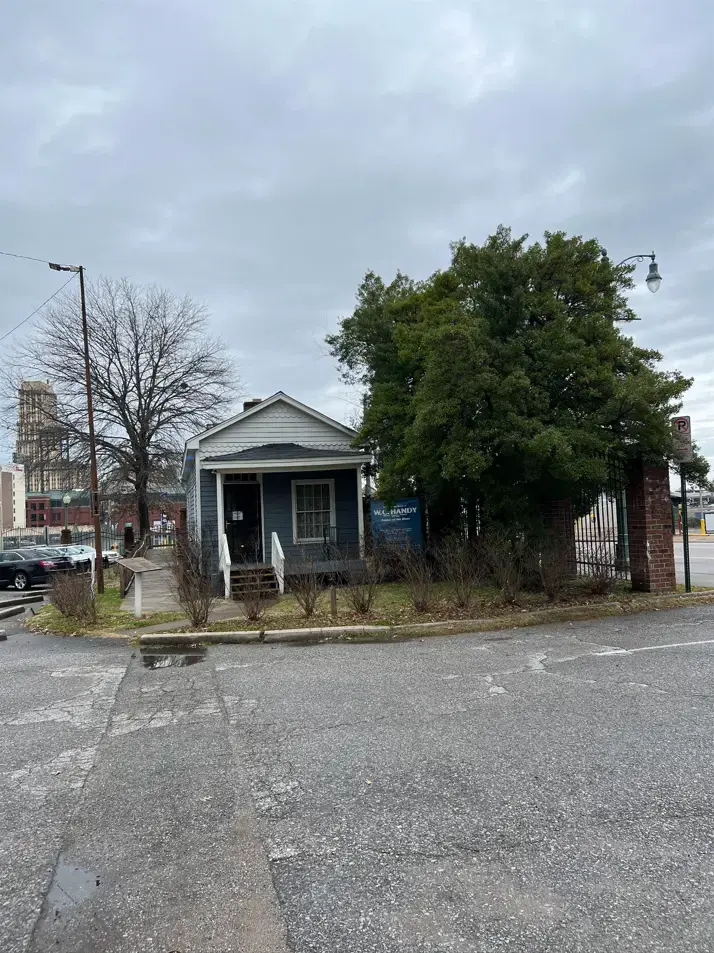
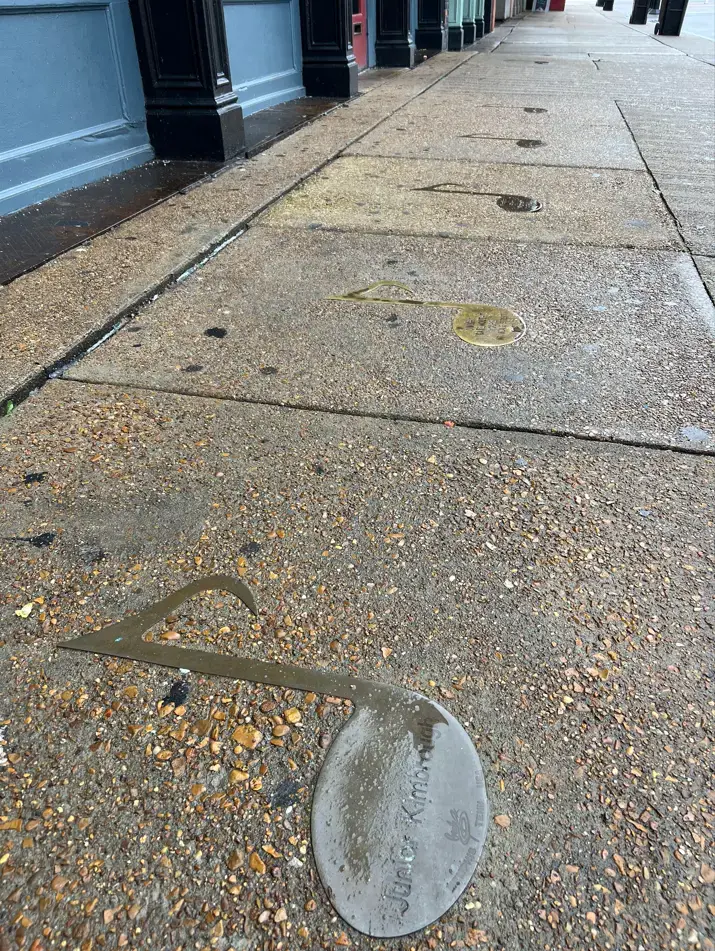
In the racially segregated urban environment in the early 20th century, Black musicians, dancers, and other artists were often not allowed to perform in the same venues as white performers. There were a small number of venues that housed performances for Black audiences. In the 1920s, the Theatre Owners Booking Association, also known as T.O.B.A., spearheaded the vaudeville circuit.
Even though it notoriously mistreated Black performers, T.O.B.A. booked performances for Black acts in theaters throughout the American South. However, when T.O.B.A. collapsed during the Great Depression, Black entrepreneurs Denver D. Ferguson and his brother, Sea, initiated what came to be known as the “Chitlin’ Circuit,” a string of performance arts venues up and down the East Coast, in which Black entertainers could perform for Black audiences. The “Chitlin’ Circuit” venues, which were “Black-owned and Black-operated for Black audiences,” incontrovertibly established thriving Black arts scenes in Memphis, Baltimore, Richmond, Philadelphia, and Washington, D.C., among other cities.
(The name "Chitlin’ Circuit" comes from chitterlings, or chitlins, a soul food favorite that dates back to slavery. They are usually made from pigs' intestines.)
Beale Street’s Club Handy was one of the stops on the “Chitlin’ Circuit,” but Baltimore’s Royal Theatre was one of its most popular venues, providing music, dance, and variety entertainment for Baltimore’s Black community. From bandleader, singer, and Baltimorean Cab Calloway, to other popular performers, including Billie Holiday, James Brown, Aretha Franklin, and Motown artists, the Royal brought several of the United States’ finest Black artists and entertainers to Baltimore. All the while, the Royal brought revenue into Baltimore’s Pennsylvania Avenue, contributing to an economically successful West Baltimore.
Despite this rich cultural history, Baltimore’s 1968 uprisings, the exodus of the city’s middle-class residents, and the demolishing of the Royal have molded West Baltimore and Pennsylvania Avenue into areas crippled by crime, poverty, and economic hardship for businesses.
In a 2023 article for the Associated Press, journalist Lea Skene cites “urban flight and growing disinvestment” as reasons for West Baltimore’s historic Upton neighborhood’s recent “brazen displays of violence,” “blighted buildings and overgrown lots,” and “people [...] milling around on the sidewalks, some exhibiting obvious signs of substance abuse.”
Would a revitalization effort similar to that of Beale Street in the 1970s be possible for Pennsylvania Avenue and the Royal today? Even if the Royal Theatre is restored, what would it do for West Baltimore? The restoration efforts surrounding Memphis’ Beale Street and Baltimore’s Pennsylvania Avenue illustrate that no perfect solution exists, but locals search for possibilities in historic landmarks.
One group of Baltimoreans, the Royal Theatre & Community Heritage Corporation, is working to rebuild the Royal Theatre and, with it, Pennsylvania Avenue. Baltimore’s Royal Theatre holds sentimental value for those who attended shows in the venue. Even the next generation of Baltimoreans, who heard about the Royal from their parents and grandparents, recognize the Royal’s significance in Baltimore’s cultural and social history.
Guy Curtis, a Baltimore drummer who frequently attended performances at the Royal as a child, told Baltimore Magazine last year, “It was a beautiful, beautiful place, man. When you were on Pennsylvania Avenue, the stars were walking up and down the street […] Smokey Robinson, Diana Ross, James Brown. I mean, come on.”
Strong sentiment to restore the Royal is shared by the community. Local business owner Jim Hamlin has a mini Royal Theatre museum in his bakery, The Avenue Bakery, which is located on Pennsylvania Avenue. Hamlin also serves as the director of the Royal Theatre & Community Heritage Corporation. WBAL TV News interviewed Hamlin in 2022 and reported that the RTCHC would be breaking ground on the project soon, but this has not yet occurred.
All the while, Baltimore may look to Beale Street for inspiration. The Urban Land Institute of Baltimore published a technical assistance panel (TAP) report in 2016 that aimed to “provide expert, multidisciplinary advice on land use and real estate issues facing public agencies and nonprofit organizations in the Baltimore Region,” with the larger goal of “examining revitalization strategies for a portion of Pennsylvania Avenue.” The report focuses on “restoring the glory” by reclaiming Pennsylvania Avenue’s “proud heritage of African-American entertainment, culture, and commerce.” Specifically, the TAP report looks to Beale Street’s revitalization as Pennsylvania Avenue’s model for “the path not (yet) taken.”
“The primary asset for the area is cultural legacy, African-American cultural legacy,” TAP Chairperson and principal writer of the report, Brad Rogers, explains. With little change made in the seven years since the TAP report was published, Rogers argues, “we need to find a way to dramatically rethink […] what the economy of that portion of West Baltimore can be and what are the positive attributes that can then have a halo effect for both commercial development and residential development, and that can provide a rationale for historic preservation and demolition or demolition by neglect, which happens a lot in the area. And so, you know, at the heart of that is really celebrating and elevating the profound cultural legacy.”
James Dow, a former employee of the Royal Theatre, told CBS News Baltimore in 2022, “I miss that [...] Having a place to go on a Friday, you know, midnight show.”
While the Pennsylvania Avenue community would like to see a reconstructed Royal Theatre, it would be difficult for the Royal to return to the community “without happening in the context of a larger, branded cultural development initiative,” according to Rogers.
Memphis’ Beale Street and Baltimore’s Pennsylvania Avenue offer merely two perspectives on the larger, national movement to bring urban centers of Black cultural history into the 21st century. Despite their mixed success, both cities have their own stories to share, and they are still learning how to best tell them. For Rogers, the local community is key in revitalization.
“You have to find a way to bring the idea of the Royal into the 21st century […] You can do it in ways that empower the historic communities that have been there […] and allow them to be the drivers and beneficiaries of that change.”


